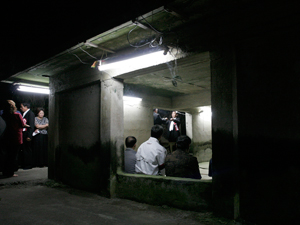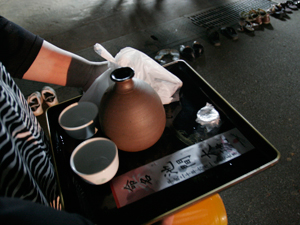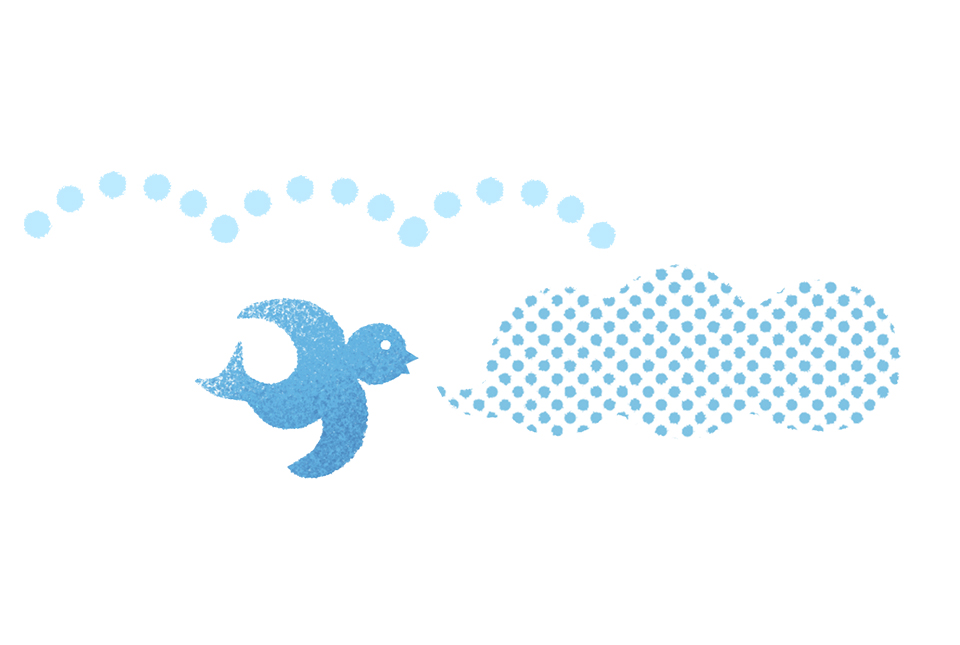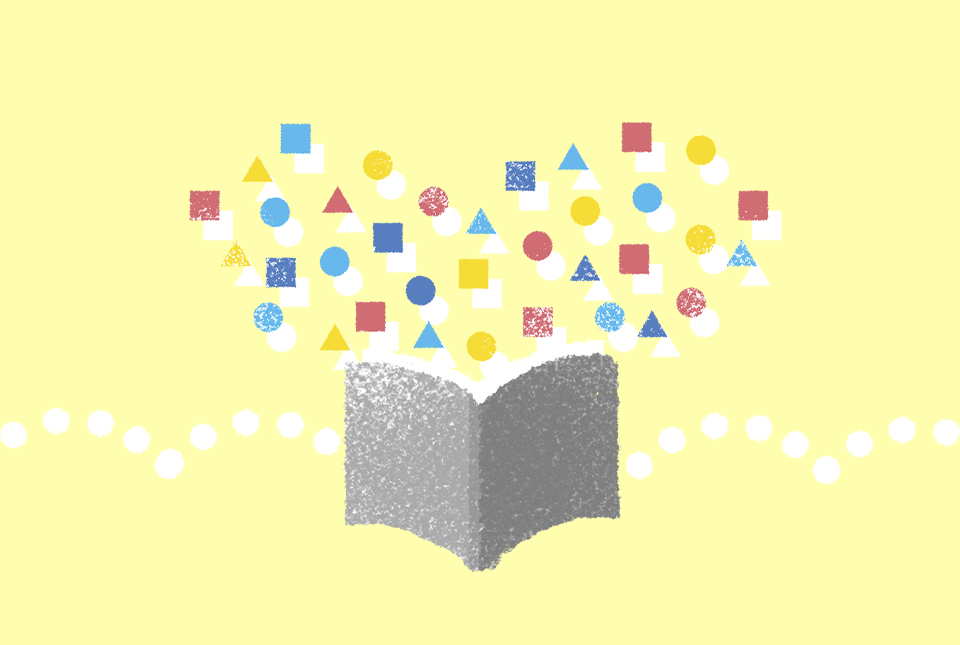

西原は、1874年、宮古諸島の北に位置する池間島と佐良浜からの移住によって誕生した集落である。池間から分村する際、池間最大の聖地とされるウパルズの神々も引き継ぎ、ウパルズウタキとして祀っている。また、ユークイやミャークヅツといった村落祭祀も同様に引き継いだ。西原では、ウパルズウタキを中心として、10ヵ所のウタキと公民館などで主な村落祭祀を行う。
西原にはナナムイという祭祀集団があり、西原在住または西原出身の男女は一定年齢になると、ナナムイに加入することが原則として義務づけられている。近年では、ナナムイを「学園」と捉え、ナナムイへの加入を「入学」、退役を「卒業」、新しい加入者を「新入生」、退役する者を「卒業生」ということもある。女性は数え46歳で入学し、数え55歳で卒業する。卒業までの10年間、ナナムイヌンマとして村落祭祀を担う。女性神役の中からさらに、最高指導者としてのウーンマ、本来神がかりを専門とするアーグスンマ、供物の管理をするナカバイ、ウーンマの補佐役であるウーンマヌトゥム、アーグスンマの補佐役であるアーグスンマヌトゥム、という名称の女性神役を神クジという特別な籤引きで選出する。この5名はハナヌンマとも称される。ハナヌンマの中でも、ナカバイ、アーグスンマヌトゥム、ウーンマヌトゥムの3名は新入生から毎年選出されるため、毎年最低3名以上の入学が必要である。
これに対し、男性は数え50歳になる年に入学し、数え56歳で卒業する。ナナムイに入学した男性を通常ニガイウヤと呼ぶ。組織は年齢階梯的に構成されている。男性の任期は7年であり、年6回のみ村落祭祀に参加する。女性が中心となる儀礼では、ウタキで酒を飲み交わすことが主な役目であるものの、男性が中心となって行う儀礼もある。また、ヒューイトリャとして、村落祭祀の日取りを決定する女性の存在がある。
西原の村落祭祀は、通常「カンニガイ」として、ナナムイヌンマを中心とし、年間45回以上執り行われる。ナナムイの村落祭祀は、粟や芋、稲の豊作祈願や収穫祭、虫払い儀礼などの農耕儀礼、生徒の安全や健康に関する学校での儀礼、厄払い儀礼など様々な種類がある。女性神役の主な役割は、ウタキの神々に酒や米、餅、蛸などの供物を捧げ、神歌と呼ばれる神聖な歌を歌い、祈りが込められた線香に火をつけ、村人の健康や幸福を10年にわたり祈願することである。
西原で生まれ育った者は、まずマスムイを通して、ウタキの神々に登録されることとなる。次に、ナーヌス(神名)によって自らの守護神を選択する。家には、ヒヌカンや床の神といった存在があり、さらにカンタナを通した先祖による守護もある。また、守護神としてのマウの神だけでなく、家から一歩外に出れば、ウタキの神々の存在もある。このように、西原の人々は幾重にも神々との関わりを持ち、信仰生活を営んでいるといえる。
(文責:平井 芽阿里)
Nishihara was founded in 1874 by people who migrated from the islands of Ikema and Sarahama in the northern region of the Miyako islands. After Nishihara was founded, the deities of Uparuzi, the largest sacred area in Ikema, have continued to be worshipped as uparuzi utaki. Also, the communal rituals of yuukui and myaakuzici were preserved. In Nishihara, the major communal rituals of the nanamui, especially uparuzi utaki, are performed at ten utaki and public halls.
As mentioned above, in Nishihara there is a group of communal rituals known as the nanamui. When people born or living in Nishihara reach a certain age, it is their duty to participate in the nanamui. The nanamui has recently been considered in terms of a school, with participation known as “entrance”, completion of duties known as “graduation”, new members as “new students” and people who have left the ritual as “graduates”. As a general rule, women first participate when they reach 46 years of age, and graduate at 55. In the ten years until graduation, they are known as nanamui nu nma and perform the communal rituals.
From the ranks of the priestesses, a special lottery known as kamikuji is drawn to determine the uhu nma, the overall leader; the aagusu nma, the woman who specializes in the divine arts to be inspired from deity; the nakabai, who takes care of the offerings; the uhu nma nu tumu, an assistant to the uhu nma; and the aagusu nma nu tumu, an assistant to the aagusu nma. These five women are called the hana nu nma. Each year, the nakabai, agusu nma nu tumu, and uhu nma nu tumu are chosen from among the new students. This means that at least three new students must join each year.
Men first participate at age 50 and graduate at age 56. The men who join the nanamui are usually known as nigaiuya. Their ranks are determined by age. The term that men serve lasts seven years. They join only six communal rituals each year, their main role being to drink sake at the utaki during rituals in which women are the central participants. However, men play more central roles in some rituals. There is also a woman called hyuui turya, who decides the dates of the rituals.
The communal rituals of Nishihara, usually known as kannigai, are performed mainly by the nanamui nu nma over 45 times per year. There are many varieties of communal rituals of the nanamui, including prayers for a bountiful harvest of millet, potatoes, and wheat, and agricultural rites to drive off insects, ceremonies for schools to pray for the health and safety of students, and rituals to ward off bad luck. The main duty of the priestess is to bring offerings of sake, rice, mochi (rice cakes) or octopus to the deities of the utaki, to sing the holy songs known as kamiuta, to light sacred incense, and to pray for the health and happiness of the villagers over a period of ten years.
People born and raised in Nishihara go through the masumui to have themselves registered with the deities in the utaki. After that, during the naanushi they select their personal guardian deity. Houses have the hinu-kan and deity of the toko, and are further protected by their ancestors through the kantana. Also, in addition to the guardian deity of mau, just outside of each house are the deities of the utaki. In this way, the people of Nishihara have relationships with multiple deities, and live their lives based on their beliefs. (by Meari Hirai)
